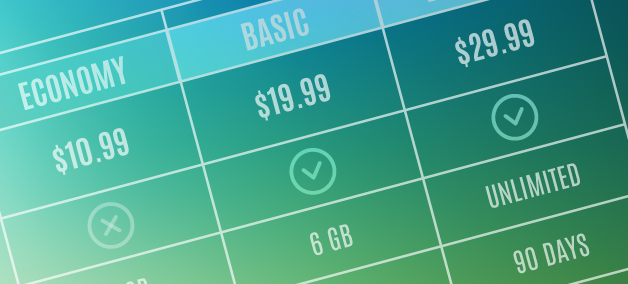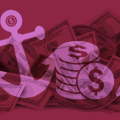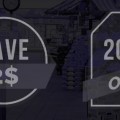Let’s talk about two psychological superpowers that can transform your conversion rates: framing and anchoring. These aren’t just fancy buzzwords—they’re proven strategies that tap into how people think, feel, and make decisions.
If you’re not using framing and anchoring in your marketing, you’re leaving money on the table. Ready to learn how to wield these tools like a pro? Let’s dive in.
What Are Framing and Anchoring?
Before we get into the “how,” let’s break down the “what.”
- Framing: It’s all about how you present information. The way you frame an offer, product, or message can drastically influence how people perceive it.
- Anchoring: This is the concept of using an initial piece of information (the “anchor”) to shape decision-making. For example, showing a high price first makes a lower price seem like a steal.
Together, these techniques can nudge your audience toward the decision you want them to make—without them even realizing it.
How to Use Framing to Boost Conversions
Framing is like putting a spotlight on what matters most. Here’s how to do it right:
1. Focus on Benefits, Not Features
People don’t buy products—they buy solutions to their problems. Frame your messaging around the benefits your product or service provides.
- Example: Instead of saying, “Our software has a 99.9% uptime,” say, “Never worry about downtime again—stay productive 24/7.”
2. Use Positive Framing
Humans are wired to avoid loss. Frame your offers in a way that highlights what customers stand to gain, not what they’ll miss out on.
- Example: “Join 10,000+ happy customers and transform your workflow” works better than “Don’t get left behind.”
3. Leverage Social Proof
Frame your product as the go-to choice by showing how others have benefited. Testimonials, case studies, and user stats are your best friends here.
How to Use Anchoring to Drive Decisions
Anchoring is all about setting the stage for your audience’s perception. Here’s how to use it effectively:
1. Start with a High Anchor
Show the highest price or premium option first. This makes subsequent options seem more affordable.
- Example: First, show a Premium Package priced at $1,000. Then, show a Standard Package priced at $500. Suddenly, the $500 option feels like a bargain.
2. Highlight Value, Not Just Price
Use anchors to emphasize the value of your offer. For instance, compare your product to a more expensive alternative or highlight the cost of inaction.
- Example:
- First, mention the high cost of a custom software solution: $10,000.
- Then, present your solution: $1,000.
This creates a clear contrast and positions your product as the smarter, more affordable choice.
3. Create Contrast with Bundles
Offer a basic package, a mid-tier package, and a premium package. The mid-tier option will often become the most popular because it feels like the best value.
Real-World Examples of Framing and Anchoring in Action
Let’s see how these strategies play out in the wild:
Example 1: E-Commerce
- Framing: “Get 50% off—today only!” creates urgency and highlights savings.
- Anchoring: First, show the original price: $100, then, show the sale price: $50. By displaying the original price crossed out next to the sale price, you create a visual anchor that makes the deal irresistible.
Example 2: SaaS Pricing
- Framing: “Start your free trial and see results in 7 days” focuses on the ease of getting started.
- Anchoring: Listing the “Pro Plan” at the top of your pricing page makes the “Basic Plan” seem more accessible.
Example 3: Email Marketing
- Framing: “Last chance to claim your exclusive discount” creates FOMO (fear of missing out).
- Anchoring: Including a countdown timer reinforces urgency and drives action.
Why Framing and Anchoring Work
These tactics aren’t just clever tricks—they’re rooted in psychology. Here’s why they’re so effective:
- They Simplify Decisions: By framing options and setting anchors, you reduce decision fatigue for your audience.
- They Build Trust: Clear, value-driven messaging makes your brand feel more credible and customer-focused.
- They Drive Action: When done right, framing and anchoring create a sense of urgency and value that compels people to act.
Ready to Transform Your Conversions?
Framing and anchoring aren’t just for big brands with massive budgets—they’re tools anyone can use to create smarter, more effective marketing. Whether you’re crafting a pricing page, writing an email, or designing a landing page, these strategies can help you connect with your audience and drive results.
So, what are you waiting for? Start framing your offers and setting those anchors. Your conversion rates will thank you.
Pro tip: Bookmark this post for your next campaign. Your future self (and your bottom line) will thank you. 😉



